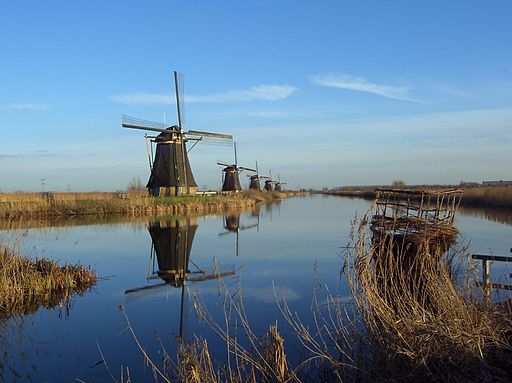The destruction of old Lisbon by the earthquake of 1755 left Evora as the finest example of a city that represents Portugal’s golden age. For that reason it became a UNESCO World Heritage site in 1986.
Evora lies about 70 miles east of Lisbon and has a population of around 35,000.
The district was first settled by Celts before the Romans arrived and founded the city of Liberalitas Julia. Among Roman remains to be seen today is the well-preserved Temple of Diana. The amazing Agua da Prata aqueduct is not Roman but dates from somewhat later.
Traces can be seen of occupation by Visigoths and Moors, but the city was captured from the Moors in 1165, after which work started on the cathedral that replaced the earlier mosque.
Evora really came to prominence in the 15th century, when it became a favoured residence of Portuguese kings. This led to the building of convents, churches and palaces across the city.
The building craze continued into the 16th century, with notable buildings including the Palace of the Counts of Basto and the Church of the Knights of Calatrava.
The above-mentioned Agua da Prata aqueduct was built in the 1530s. This was a project begun by King Joao III to improve Evora’s intermittent water supply by connecting the city to the Ribeira (River) do Divor 9 kms to the north. Much of the course consists of tunnels and channels, with arches (up to 26 metres high) only being necessary closer to the city. Work started in 1531 and took six years to complete.
A notable feature of the aqueduct is the use made of the arches as side walls for houses and shops built soon after the aqueduct had reached the city.
The attractiveness of the architecture of Evora derives largely from the unity of style in the buildings from the 16th to 18th centuries, be they palaces or humble dwellings. Typical features include whitewashed walls, “azulejo” (ceramic tile) decoration and wrought iron balconies.
The city went into decline after 1759, when the Jesuits were expelled from the University of the Holy Spirit, but the buildings remain as monuments to Evora’s earlier prominence.
© John Welford




